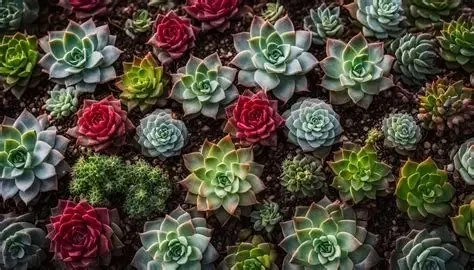
- - 1. Introduction to Xerophytes and Succulents in Landscaping
- - 2. Benefits of Landscaping with Xerophytes and Succulents
- - 3. How to Choose the Right Succulents and Xerophytes for Your Garden
- - 4. Designing Your Landscape with Succulents and Xerophytes
- - 5. Tips for Maintaining Your Succulent and Xerophyte Garden
1. Introduction to Xerophytes and Succulents in Landscaping
When planning a garden that is both aesthetically pleasing and water-efficient, succulents and xerophytes are fantastic choices. These plants, known for their ability to thrive in dry, arid conditions, offer a low-maintenance solution for creating beautiful landscapes that require minimal watering. Whether you're looking to create a desert-inspired oasis or simply reduce your water consumption, succulents and xerophytes are perfect for a sustainable garden.
Xerophytes are plants that are adapted to survive in environments with little water, while succulents are a type of xerophyte that store water in their fleshy tissues. These plants come in various shapes, sizes, and colors, making them an ideal choice for diverse garden designs.
2. Benefits of Landscaping with Xerophytes and Succulents
Landscaping with succulents and xerophytes offers several advantages:
- Water Conservation: These plants are well-suited to drought-prone regions, making them ideal for reducing water usage. Their ability to store water helps them survive with minimal irrigation.
- Low Maintenance: Succulents and xerophytes require little care once established. They don't need frequent pruning, and most of them are pest-resistant, making them great for busy homeowners.
- Versatility: With a wide variety of shapes, colors, and textures, succulents and xerophytes can fit into almost any garden style, from modern and minimalist to rustic and natural.
- Soil Improvement: These plants can help prevent soil erosion by improving water infiltration and stabilizing the soil, making them a good choice for sloped or uneven areas.
3. How to Choose the Right Succulents and Xerophytes for Your Garden
Choosing the right plants for your landscape is essential to ensure they thrive and complement each other. Here are some factors to consider when selecting succulents and xerophytes:
- Climate Compatibility: Ensure the plants you choose are suitable for your local climate. Some succulents thrive in hot, dry conditions, while others may do better in cooler, more temperate regions.
- Soil Type: Most succulents and xerophytes prefer well-drained soil. If your garden soil retains water, consider amending it with sand or gravel to improve drainage.
- Sun Exposure: While many succulents and xerophytes enjoy full sun, others may require partial shade, especially in extremely hot climates. Be sure to place your plants in areas with the appropriate light conditions.
- Plant Variety: Choose a variety of succulents and xerophytes with different textures, colors, and sizes to create a visually appealing landscape. Mixing low-growing ground covers with taller accent plants can add dimension to your garden.
4. Designing Your Landscape with Succulents and Xerophytes
Designing a garden with succulents and xerophytes is all about creating harmony and balance. Here are some design tips to help you create a stunning, water-efficient landscape:
- Use Groupings: Plant succulents and xerophytes in clusters or groups for a cohesive, natural look. Mixing different species in small groups allows their colors and textures to stand out.
- Incorporate Hardscaping: Complement your plants with hardscape elements like rocks, gravel paths, or dry stone walls. These features blend seamlessly with xerophyte gardens and create a desert-like atmosphere.
- Consider Vertical Gardens: If space is limited, create vertical gardens using hanging planters, wall-mounted containers, or living walls. Succulents and xerophytes can be easily grown in these settings.
- Water Features: Small water features like birdbaths or fountains can enhance the look of your succulent garden. Just be sure to choose water features that don’t require excessive maintenance or water consumption.
5. Tips for Maintaining Your Succulent and Xerophyte Garden
While succulents and xerophytes are low-maintenance, they still require some care to keep them healthy. Here are some tips for maintaining your landscape:
- Watering: Water your plants deeply but infrequently. Let the soil dry out completely between waterings to prevent root rot. During cooler months, reduce watering even further.
- Pruning: Occasionally remove dead or damaged leaves to keep your garden looking neat. Some succulents may also require pruning to encourage new growth.
- Fertilizing: Succulents and xerophytes generally don’t require much fertilizing, but you can give them a light feeding with a balanced fertilizer during the growing season to promote healthy growth.
- Protecting from Frost: Some succulents and xerophytes are not frost-tolerant. In colder climates, consider bringing your plants indoors during winter or covering them with frost cloth during extreme weather.
By following these tips, you can create a beautiful, sustainable landscape with succulents and xerophytes that will thrive in dry conditions with minimal maintenance. To explore more options for your landscape design, visit Beautiful Landscapes for the best plant selections and garden design ideas.



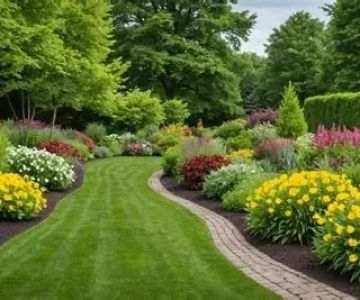


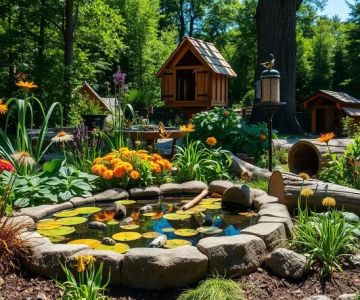
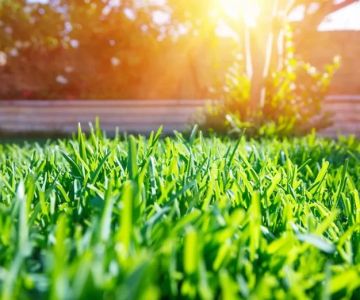
 Infinity Lawn & Landscaping4.0 (52 reviews)
Infinity Lawn & Landscaping4.0 (52 reviews) QualityWorks Trademark LLC4.0 (30 reviews)
QualityWorks Trademark LLC4.0 (30 reviews)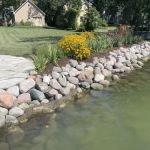 Eubanks Environmental5.0 (10 reviews)
Eubanks Environmental5.0 (10 reviews) BrightView Landscape3.0 (16 reviews)
BrightView Landscape3.0 (16 reviews) Statements In Stone Pool and Patio4.0 (47 reviews)
Statements In Stone Pool and Patio4.0 (47 reviews) Schmitt's Landscape Tree service North Aurora4.0 (4 reviews)
Schmitt's Landscape Tree service North Aurora4.0 (4 reviews) How to Landscape for Seasonal Wildlife Attraction in Your Garden
How to Landscape for Seasonal Wildlife Attraction in Your Garden How to Build a Wildlife Habitat Garden That Supports Biodiversity
How to Build a Wildlife Habitat Garden That Supports Biodiversity How to Use Garden Art to Add Personality to Your Outdoor Space
How to Use Garden Art to Add Personality to Your Outdoor Space How to Plan Outdoor Fire & Water Features Harmoniously for Your Garden
How to Plan Outdoor Fire & Water Features Harmoniously for Your Garden How to Revive a Neglected Lawn Step by Step
How to Revive a Neglected Lawn Step by Step How to Choose Native Shrubs That Thrive Without Fertilizer
How to Choose Native Shrubs That Thrive Without Fertilizer